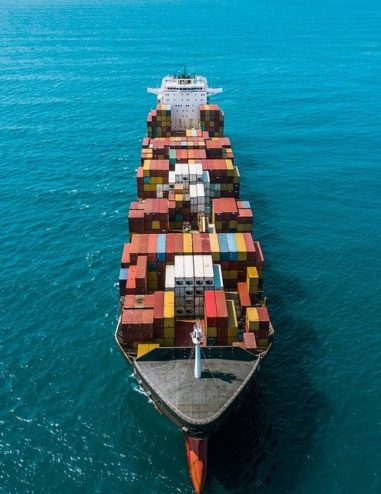Home » UT study reveals top supply chain leadership practices
UT study reveals top supply chain leadership practices
Research highlights the capabilities leaders need to keep their organizations on the right track in the 2020s and beyond.

Researchers at the University of Tennessee, Knoxville, say they’ve discovered what supply chain leaders need to do to keep their companies successful in the long run–and it all hinges on “transformational leadership.”
Researchers from the Global Supply Chain Institute (GSCI) at the university’s Haslam School of Business examined 16 “benchmark” companies across seven industries to determine the capabilities required of supply chain leaders in today’s “increasingly volatile, yet interdependent, digital economic environment,” according to a press statement detailing the project. The study was sponsored by consulting firm Daugherty Business Solutions and culminates in a white paper titled “Winning Supply Chain Transformational Leadership Practices.”
“We examine these companies through the lens of 'transformational leadership,' an idea conceived in the 1970s and refined over the years,” Daniel Myers, co-author of the paper and a senior fellow with the Haslam School of Business, said in the statement. “Broadly, transformational leaders inspire greater performance in their employees in pursuit of specific goals aligned with a higher purpose.”
The paper provides a “transformational leadership best practices pyramid,” which breaks down four key leadership components:
Consulting & Professional Services Supply Chain Strategy- Culture of excellence inspires consistent and reliable end-to-end (E2E) supply chain performance;
- Operational and process skills cultivate deep functional expertise;
- Relationship and communications skills facilitate E2E integration;
- Inspirational character drives bold change.
Related Articles
Copyright ©2024. All Rights ReservedDesign, CMS, Hosting & Web Development :: ePublishing